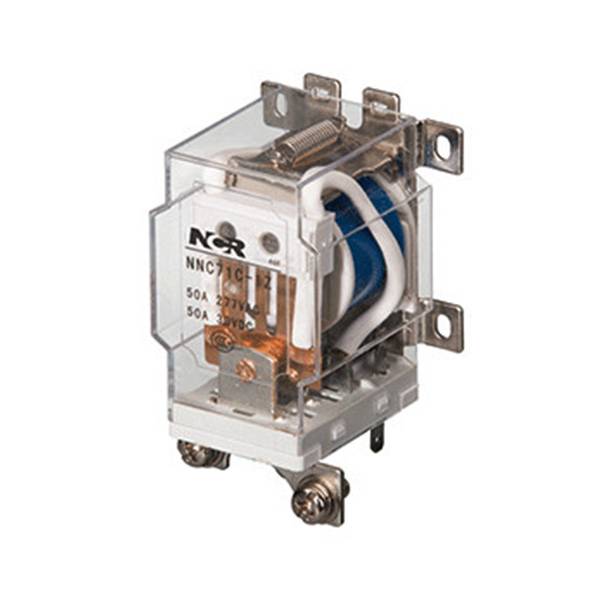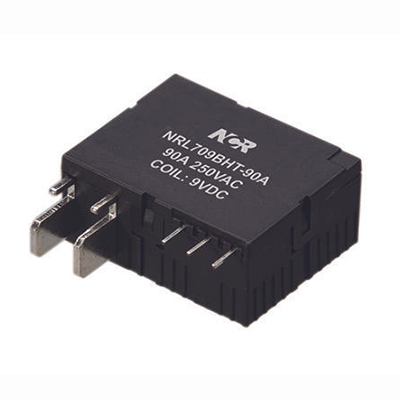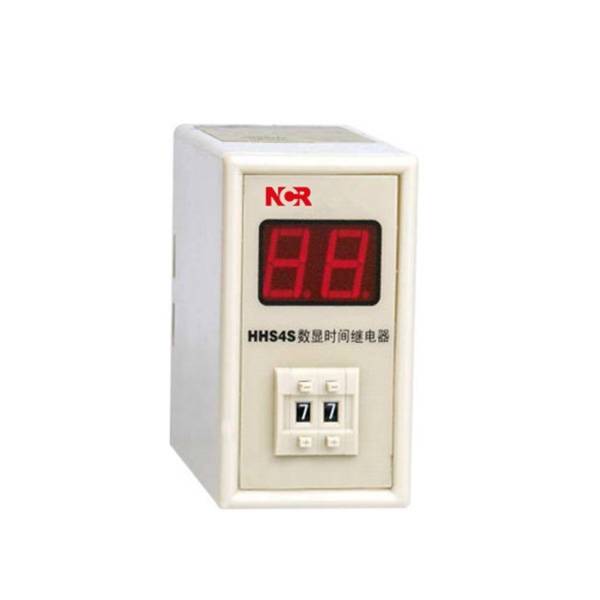Views: 0 Author: Site Editor Publish Time: 2024-10-11 Origin: Site
Electromagnetic relays are integral components in the world of electrical engineering and automation. They serve as critical devices in switching circuits and protecting systems. This blog delves into the function, types, and extensive applications of electromagnetic relays.
An electromagnetic relay is an electromechanical switch that uses an electromagnet to mechanically operate a switching mechanism. When an electrical current flows through the coil of the relay, it generates a magnetic field, which pulls a switch to either open or close a circuit. This allows for the control of high-power devices with low-power signals, ensuring safety and efficiency in electrical systems.

Switching: Electromagnetic relays can switch a circuit on or off. They can handle high voltage and high current loads that involve large electric devices and machinery.
Isolation: They provide galvanic isolation between different parts of a circuit, ensuring that a low-power control circuit can safely influence a high-power load circuit without direct electrical contact.
Protection: Relays are used in protective schemes to detect fault conditions (like overloads or short circuits) and disconnect the faulty part from the rest of the system.
Signal Relays: These are used for switching low level signals, where you need to control low voltages and currents.
Power Relays: These relays are designed to control high voltages and currents, commonly used in industrial automation and power systems.

Reed Relays: Featuring fast switching times, reed relays are designed with reed switches, which are enclosed in a glass envelope protected by an inert atmosphere.
Latching Relays: These retain their state even after the actuating power is removed, ideal for memory storage applications.

Time Delay Relays: These relays are used to provide a delay mechanism in circuits, commonly found in automation and control systems where timing intervals are crucial.

Automotive Industry: In vehicles, relays control everything from lights to motors and actuators within various subsystems.
Industrial Automation: They are used extensively in PLCs (Programmable Logic Controllers) to automate industrial processes and machinery.
Power Systems: Relays protect electrical systems by detecting faults and disconnections, ensuring continuity and safety.
Telecommunications: Electromagnetic relays switch signals in communication systems, enabling reliable transmission and reception of data.
Home Appliances: From microwave ovens to washing machines, relays control various functions and operations to enhance user convenience and safety.
Electromagnetic relays play a pivotal role in modern electronics and electrical systems. By understanding their functions, types, and applications, professionals and enthusiasts alike can better appreciate the significance of these devices in everyday technology. Whether in cars, industrial machinery, or home appliances, relays ensure that devices operate safely and efficiently, thereby underpinning a myriad of technological advancements.
Electromagnetic relays are more than just switches; they are fundamental components that bridge the gap between low-power signal control and high-power operations, safeguarding the integrity and reliability of electrical systems worldwide.